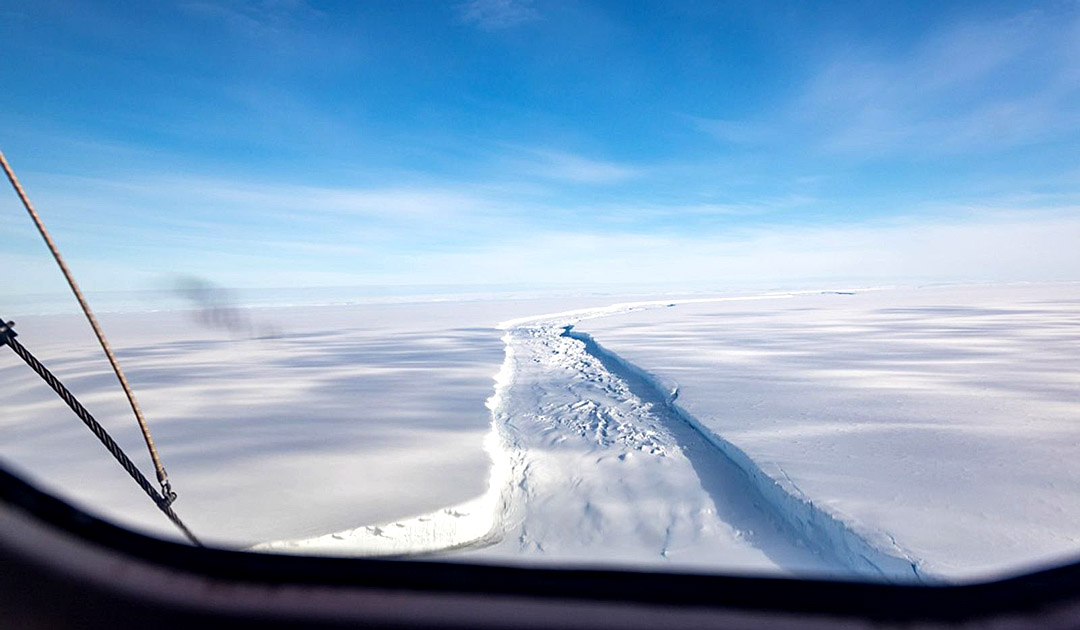
A 1550 km² huge iceberg broke off from the 150 m thick Brunt Ice Shelf. The iceberg calved after naturally occurring cracks spread across the entire ice shelf in recent years, causing the new iceberg to break off. The calving occurred on Sunday, January 22 between 19:00 and 20:00 UTC during a flood. BAS glaciologists said that the calving is not related to climate change and is part of the natural behavior of the ice shelf.

The iceberg calved when the crack known as Chasm-1 extended completely through the ice shelf and broke through. The glaciologists, who are on site from November to March at the nearby research station “Halley VI”, have been observing the course of huge cracks in the ice of the Brunt Ice Shelf for ten years. The breaking off is the second major calving in the area following the February 26, 2021 calving of the slightly smaller iceberg A-74 reported by British Antarctic Survey (BAS) scientists. The new iceberg is twice the size of Hamburg or the land area of New York City.
The Brunt Ice Shelf is the site of the BAS Halley Research Station. BAS glaciologists who have been monitoring the behavior of the ice shelf say the area of the ice shelf where the research station is currently located remains unaffected by recent events.

The glaciological structure of the Brunt Ice Shelf is complex, and the effects of calving are unpredictable. In 2016, BAS moved the Halley Research Station 23 km inland from Chasm-1 after the crack had begun to widen.
Since 2017, personnel have only been deployed at the station during the Antarctic summer from November to March. Currently, 21 employees at the station work to maintain the power supply and equipment that remotely operates the science experiments through the winter. Their work will continue until they are picked up by planes around February 6.
Heiner Kubny, PolarJournal
More on the topic





